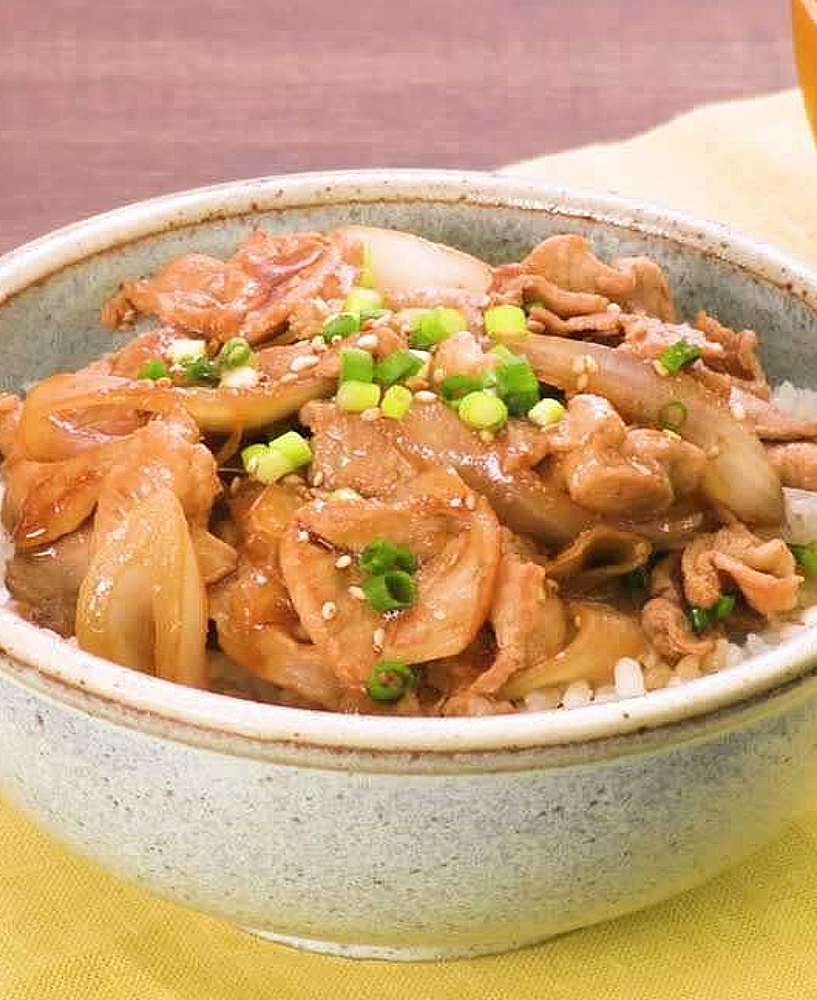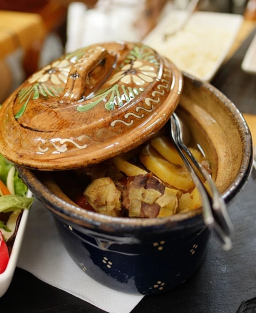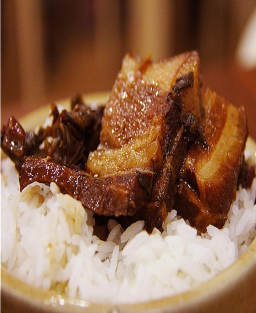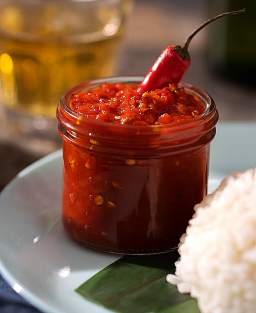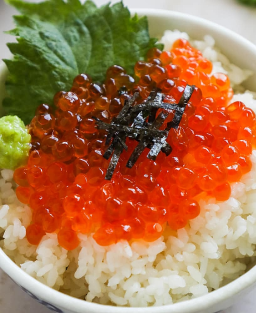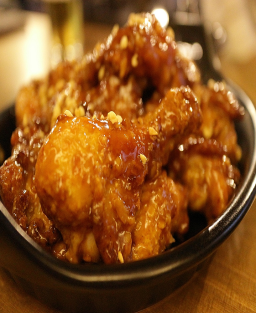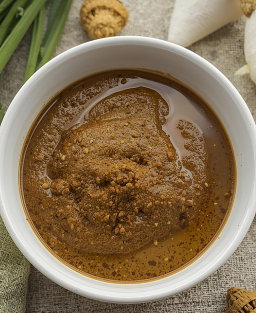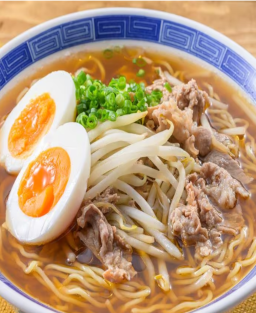- Out-of-Stock
Donburi (丼物) Gyudon (牛丼): Japanese Rice Bowl with Beef, a Traditional Specialty
Donburi (丼物) Gyudon (牛丼): Japanese Rice Bowl with Beef, a Traditional Specialty
The Origin, History and Technique of Donburi Gyudon (牛丼) – Japanese Beef Rice Bowl
Gyudon (牛丼), literally meaning "beef bowl" in Japanese, is an iconic dish of Japanese cuisine, particularly valued for its simplicity and savory taste. It consists of a bowl of rice topped with thin slices of beef, simmered in a flavorful broth made with soy sauce, mirin, sake, and dashi. This combination creates a rich, slightly sweet sauce that coats the beef and blends harmoniously with the rice.
Origin and History of Gyudon
Gyudon appeared in the late 19th century, during the Meiji era (1868–1912). At that time, Japan opened its doors to the outside world after a long period of isolation, and new culinary influences began to enter Japanese cooking. Beef, once rarely eaten in Japan, became more common. Gyudon, a relatively simple and affordable dish, was influenced by Western stewing techniques.
Legend has it that gyudon was popularized by a restaurant in Tokyo named Yoshinoya, founded in 1899. The restaurant began selling bowls of rice topped with beef simmered in a light soy-based broth with sugar, quickly becoming a favorite among Japanese workers for its speed and affordability.
Gyudon gained immense popularity in the 1950s–1960s, when chains like Matsuya and Sukiya opened restaurants offering the dish as Japanese fast food. Today, gyudon is one of the most consumed dishes in Japan, thanks to its convenience and price.
The Technique of Gyudon Preparation
Although simple to make, gyudon requires specific techniques to keep the beef tender and ensure the sauce infuses properly. The key lies in using very thin slices of beef, which cook quickly without losing tenderness. The broth must also be carefully prepared to achieve a balanced, flavorful sauce.
Main Ingredients:
-
Rice: Japanese short-grain white rice, cooked and served as the base of the bowl.
-
Thinly sliced beef: Preferably from tender cuts such as sirloin or brisket, which stay soft after cooking.
-
Sliced onions: Add sweetness and depth of flavor.
-
Dashi: A light Japanese stock made from kombu (kelp) and bonito flakes.
-
Sake and Mirin: Rice wines that bring sweetness and depth of flavor.
-
Soy sauce: Provides saltiness and umami.
-
Sugar: Balances the salty and umami-rich flavors of soy sauce and dashi.
Toppings:
-
Green onions: Finely chopped, adding freshness and lightness.
-
Shichimi tōgarashi: A Japanese spice blend of chili, mandarin peel, sesame seeds, and sanshō, giving a spicy kick.
Preparation
-
Cook the rice until firm and slightly sticky, so it absorbs broth without losing structure.
-
Prepare the broth with dashi, sake, mirin, soy sauce, and sugar. Add beef slices and onions, simmering until cooked.
-
Assemble: Serve hot rice in a bowl, top with beef and onions in sauce, garnish with green onions, and sprinkle shichimi tōgarashi if desired.
Conclusion
Gyudon is deeply rooted in Japanese tradition, blending simplicity, quickness, and rich flavors. From its modest beginnings in Tokyo restaurants at the start of the 20th century, it has become one of Japan’s most beloved dishes, offering a satisfying meal in record time. Whether for a quick lunch or a hearty dinner, gyudon remains a true icon of Japanese cuisine.











